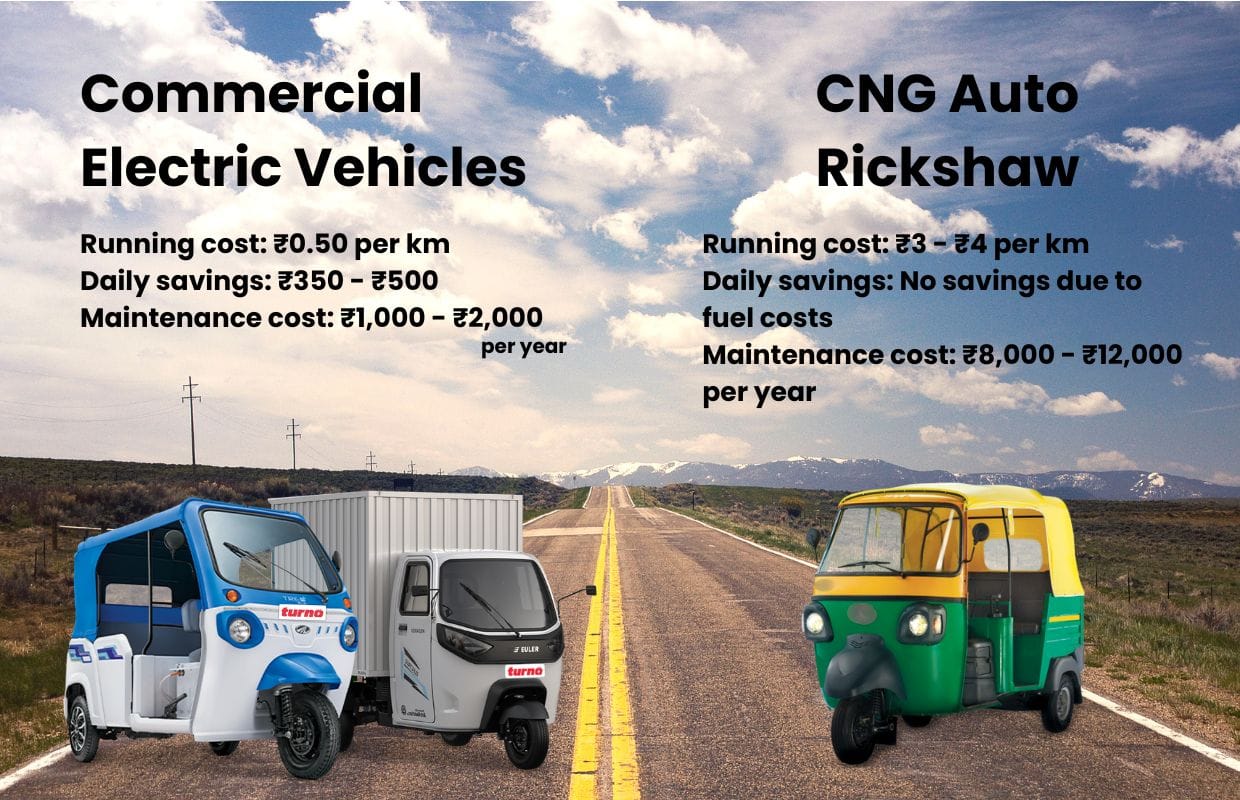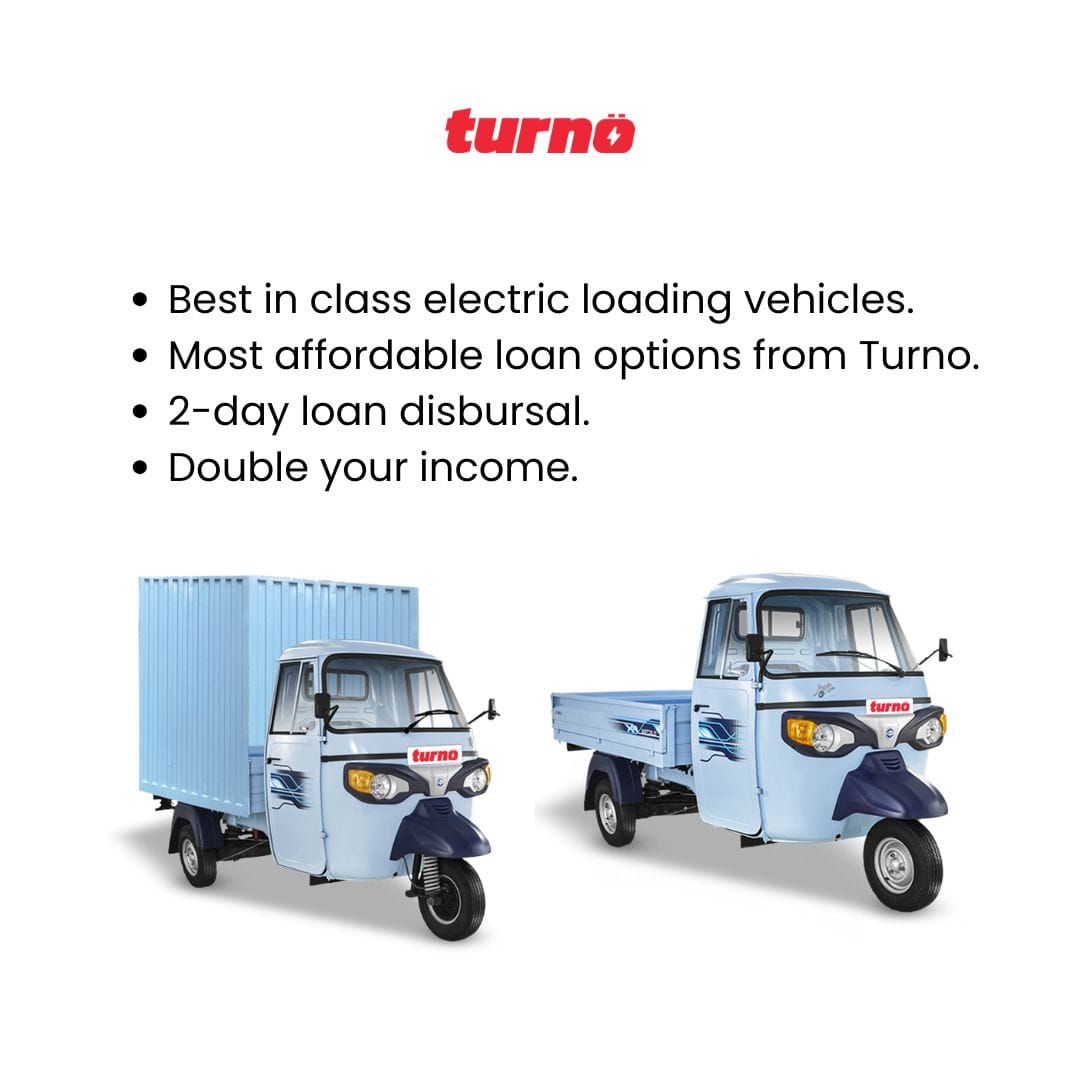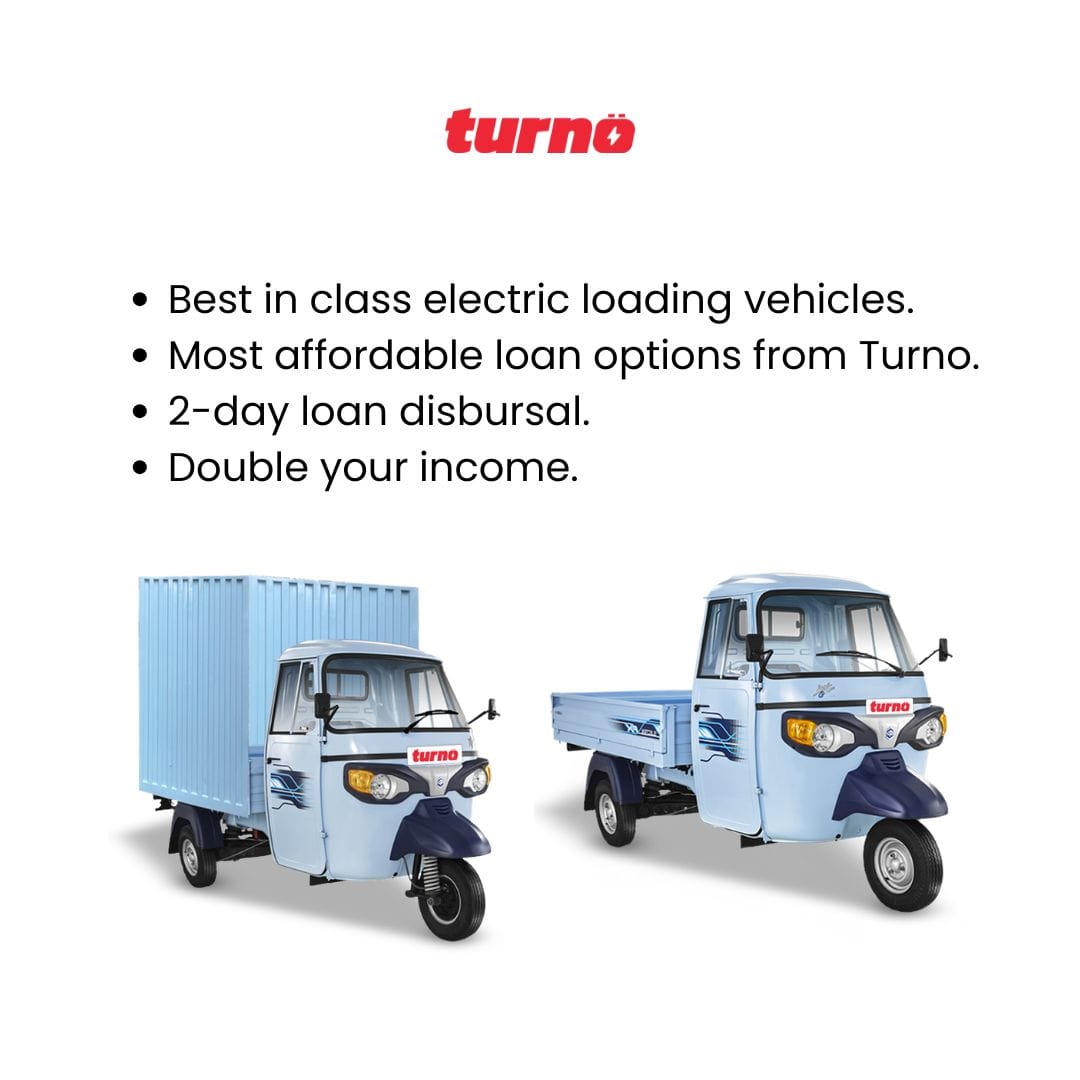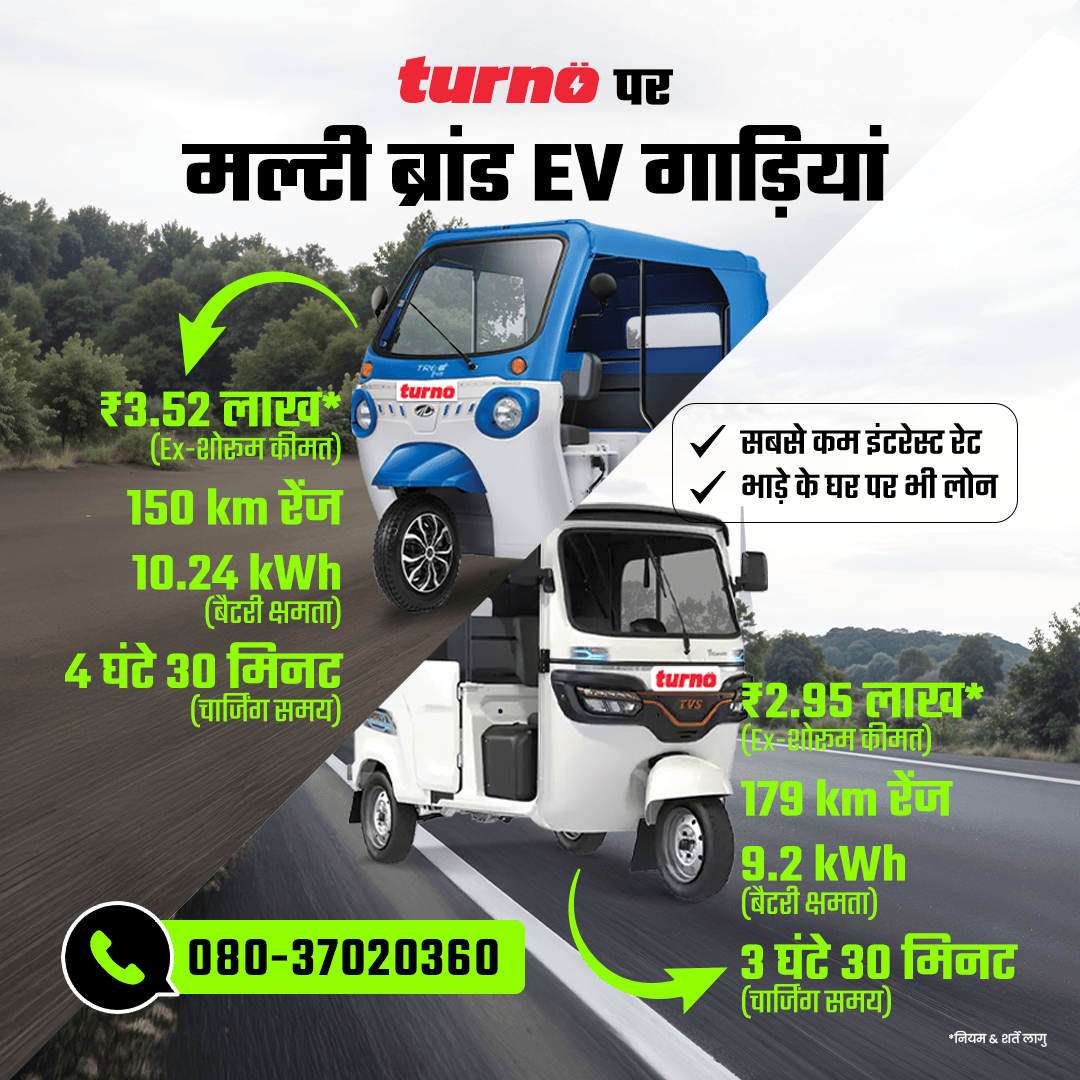Introduction
The rise of electric vehicles (EVs) in India is transforming both passenger transport and commercial logistics. Whether it's a passenger electric 3-wheeler for urban mobility or a cargo electric 3-wheeler for last-mile delivery, EVs are increasingly becoming a necessity rather than an option.
With factors like low operational costs, high earning potential, easy financing, and improved technology, businesses and individuals alike are realizing why electric three-wheelers are more needed than ever. In this article, we explore the growing demand for EVs, industry expert insights, and how they benefit different sectors.

Why Passenger and Commercial Electric Vehicles Are in High Demand
1. Rising Fuel Costs Are Driving Businesses Towards EVs
Traditional petrol and diesel auto-rickshaws and cargo vehicles have become expensive to operate due to rising fuel prices.
EVs offer significantly lower cost per kilometer, making them ideal for daily commercial use.
For example, a Mahindra Treo Zor costs about ₹0.50 per km to run, compared to ₹3-4 per km for a diesel auto.
"With fuel prices being unpredictable, electric 3-wheelers provide a reliable and cost-effective alternative for drivers and logistics companies. We’ve seen a 40% reduction in operational costs for businesses that switch to EVs."
— Sohinder Gill, Director General, Society of Manufacturers of Electric Vehicles (SMEV)
2. Higher Profit Margins for Auto Drivers and Fleet Owners
Passenger EVs like the Euler HiCity help auto drivers increase daily earnings with lower maintenance and higher savings on fuel.
Cargo EVs such as the Piaggio Ape E-Xtra allow fleet operators to reduce logistics costs while maintaining efficiency.
A real-world case study from Bengaluru shows that electric auto drivers earn 25-30% more per day than those using petrol or diesel autos. This is because of lower operating costs and increasing demand for electric rickshaws in busy metro areas.
"Commercial EV adoption is growing rapidly because fleet owners are realizing that the higher upfront cost is quickly offset by lower operational expenses. Businesses using EV fleets have reported an ROI in just 18-24 months."
— Niraj Rajmohan, Co-founder & CTO, Ultraviolette Automotive
3. Demand for Last-Mile Delivery Is Booming
The e-commerce and food delivery industry is heavily relying on cargo electric 3-wheelers to cut costs and improve efficiency.
Companies like Flipkart, Amazon, Zomato, and BigBasket have already started integrating EV fleets into their delivery networks.
A leading logistics firm that adopted the Euler HiLoad, which has the highest payload capacity (688 kg) among electric 3-wheelers, reduced fuel expenses by 60%, making last-mile delivery operations more profitable.
4. Easy Financing Makes EVs More Affordable
Commercial EV financing options are increasing, with banks and NBFCs offering low-interest EMI plans for fleet owners and small businesses.
Many manufacturers provide ₹0 down payment options, reducing the barrier to entry for auto drivers and small businesses.
Real-World Example:
Auto driver Vikram from Hyderabad wanted to shift to an EV but was worried about financing. Through a government-backed subsidy program, he managed to get a Mahindra Treo with monthly EMIs lower than his previous petrol expenses. Within a year, his savings from lower fuel and maintenance costs helped him fully own his EV.
"The financing ecosystem for EVs is evolving fast. With flexible loan options and attractive lease models, small business owners and fleet operators can now transition to EVs without financial strain."
— Ankit Kedia, Founder, Capital EV Finance
5. Maintenance Costs Are Significantly Lower
Electric 3-wheelers have fewer moving parts than fuel-based vehicles, which reduces wear and tear.
Maintenance costs for EVs are 50-70% lower than for petrol or diesel autos.
For example, a traditional auto-rickshaw requires oil changes, clutch replacements, and frequent repairs, whereas a Piaggio Ape E-City requires minimal servicing—mainly battery checks and software updates.
6. Increasing Consumer Preference for EVs
More consumers are opting for electric autos because of the quiet, smooth ride and zero fuel expenses.
Many cities are seeing a rise in EV-only ride-sharing services, benefiting both drivers and passengers.
"We have seen a 3x increase in demand for electric auto-rickshaws among passengers due to the smooth ride, low cost, and increasing charging infrastructure in metro and Tier 2 cities."
— Anand Kulkarni, Senior VP, Bajaj Auto
EVs vs. ICE-Based Vehicles: A Cost Comparison
| Factor | Electric 3-Wheeler | Diesel/Petrol 3-Wheeler |
|---|---|---|
| Initial Cost | ₹2.5 - ₹4 lakh | ₹2 - ₹3.5 lakh |
| Running Cost | ₹0.50 per km | ₹3 - ₹4 per km |
| Daily Savings | ₹350 - ₹500 | No savings due to fuel costs |
| Maintenance Cost | ₹1,000 - ₹2,000 per year | ₹8,000 - ₹12,000 per year |
| Earning Potential | 25-30% higher | Lower due to fuel expenses |
From this comparison, it’s clear that EVs provide more savings and higher profits in the long run, making them a necessity for businesses.

Conclusion: The Future Belongs to EVs
With affordable running costs, higher earnings, and increasing demand, both passenger and cargo electric 3-wheelers are essential for India's transport and logistics industry. Whether you're a business owner, fleet operator, or independent auto driver, investing in EVs today means securing higher profitability for the future.
EVs are no longer just an alternative—they are a necessity for businesses that want to grow efficiently while keeping costs low.



